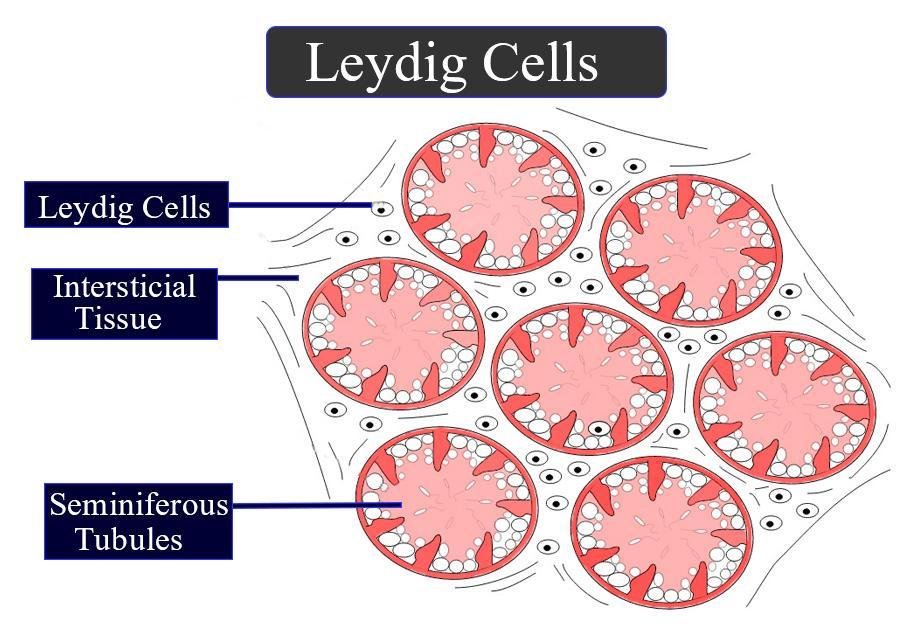

Regulation of testosterone production involves a complex feedback system that ensures appropriate levels of testosterone are maintained in the body. Here's an explanation of the regulation of testosterone:
Hypothalamus-Pituitary-Gonadal (HPG) Axis: The hypothalamus, a region in the brain, plays a central role in regulating testosterone production.
It releases gonadotropin-releasing hormone (GnRH), which stimulates the pituitary gland.
Stimulation of Leydig Cells: LH travels through the bloodstream to the Leydig cells in the testes.
Leydig cells are responsible for the production of testosterone.

Medical intervention can be beneficial for individuals with hormonal imbalances that significantly impact their health and well-being. Here's a detailed explanation of medical interventions for hormonal imbalances:
Medications for Specific Hormonal Disorders:
In some cases, specific hormonal disorders may require targeted medications to address the underlying cause.
For example, conditions like hypothyroidism, where the thyroid gland doesn't produce enough thyroid hormones, may be treated with synthetic thyroid hormone medications. Medications may also be used to regulate hormone levels in conditions like polycystic ovary syndrome (PCOS) or adrenal gland disorders.

Hormonal balance is essential for optimal functioning, including the regulation of testosterone. Here's a detailed explanation of hormonal balance and its significance:
Genetic Factors: Genetic factors play a role in determining an individual's baseline hormone levels and their sensitivity to hormonal signals. Variations in genes involved in hormone synthesis, metabolism, and receptor function can influence hormone production and regulation.
Age: Hormonal changes occur naturally with age.
In men, testosterone levels gradually decline as they age, which is a normal part of the aging process. However, the rate and extent of decline can vary among individuals.
Hormone Imbalances and Health Issues: Disruptions in the regulation of testosterone and other hormones can lead to hormone imbalances. In men, low testosterone levels (hypogonadism) or excessive levels can have various health implications. Low testosterone can contribute to symptoms such as reduced libido, erectile dysfunction, fatigue, decreased muscle mass, mood changes, and decreased bone density. Conversely, excessive testosterone levels can lead to conditions like polycystic ovary syndrome (PCOS) in women or androgen receptor disorders.

As testosterone levels increase, the hypothalamus and pituitary gland sense this and adjust their hormone release accordingly. High levels of testosterone exert a negative feedback effect on the hypothalamus and pituitary gland, reducing the release of GnRH, LH, and FSH. This mechanism helps maintain testosterone levels within a narrow range.
The stimulation of Leydig cells is a crucial step in the production of testosterone. Here's a more detailed explanation:
Leydig Cells: Leydig cells are located in the testes, specifically in the interstitial tissue. They are responsible for the synthesis and secretion of testosterone.
Luteinizing Hormone (LH): LH is a hormone produced by the anterior pituitary gland. It plays a key role in the regulation of testosterone production. LH is released in response to gonadotropin-releasing hormone (GnRH) released by the hypothalamus.
LH Receptors: Leydig cells in the testes have specific receptors for LH. These receptors are protein structures located on the surface of the Leydig cells. When LH binds to these receptors, it triggers a series of biochemical reactions within the Leydig cells.
